Inspections & Assessments
A vital part of a successful safety management system is establishing processes for identifying safety and health hazards before they cause accidents. The main purpose is to prevent incidents, including injuries and illnesses, by evaluating risks within the workplace and assessing the effectiveness of existing control measures. Conducting workplace safety inspections also demonstrates the University’s commitment to providing a safe and healthy environment for everyone. Below are details of the various assessment processes, as well as associated resources.
Written Audit Program
Types of Assessments
- Laboratories:
- Shops, High Hazard Departments and Buildings:
Laboratory Integrated Safety Program (LISP) Assessments (formerly known as Joint Assessments)
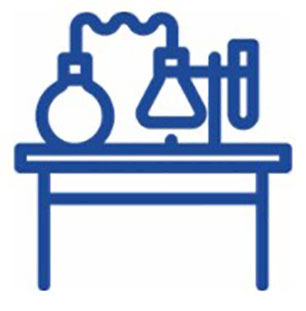
Process by which a representative from RMS and the Principal Investigator, or designee, conducts an assessment of the laboratory. Frequency of these assessments range anywhere from annually to once every three years, depending on the lab’s risk tier rating (based on risk assessment level and LISP assessment score) and type of lab (teaching vs research).
Assessment Resources
Biosafety Level 2 & 3 (BSL-2, BSL-3) Assessments
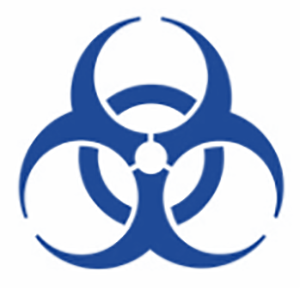
Process by which a representative from RMS and the Principal Investigator, or designee, conducts an assessment of a space working with risk group 2 and 3 biologicals to meet the CDC / NIH BSL-2 and BSL-3 containment and practices requirements. These assessments are required annually.
Assessment Resources
- Pre-Assessment Checklist (see “BSL-2 Questions” and "BSL-3 Questions" tab)
- Autoclave Safe Use And Validation Procedure
- Biosafety Manual
- RMS Biosafety Web Page
- Preparing for Your BSL-2 Assessment
Unannounced Laboratory Walk Throughs (LWTs)
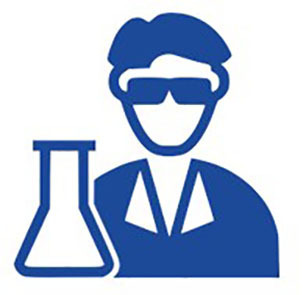
Process by which a representative from RMS and the Department Safety Coordinator conduct non-scheduled spot checks to evaluate the sustainability and effectiveness of hazard controls. These assessments are conducted randomly of eligible labs on a quarterly basis.
Assessment Resources
Machine Shop Assessments
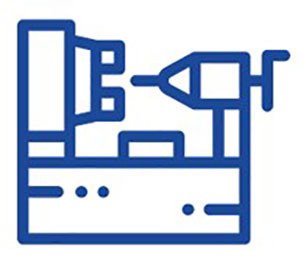
Process by which a representative from RMS and the Shop Manager, or designee, conducts an assessment of the machine shop. These assessments are required biennially.
Assessment Resources
- Machine Guarding and Shop Safety Web Page
- Machine Guarding and Shop Safety Written Program
- Schedule by Machine Shop
Safety Assessments
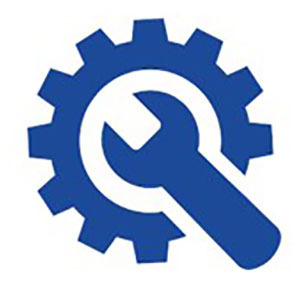
Process by which representatives from RMS, NDPD, NDFD and departmental personnel conduct (1) an assessment of risks present, and (2) an onsite assessment of the work areas under the purview of the department. This process includes departments that conduct high hazard activities by nature of their operations. These assessments are required biennially.
Assessment Resources
Building Assessments

Process by which a representative from the Notre Dame Police Department’s Campus Safety & Inspections division conducts an assessment of campus buildings. These assessments are required annually.
Preparing for Assessments
With exception to Building Assessments, all of the above assessments entail not only physical tours of workspaces, but also a review of documentation required depending on the types of hazards present. To help better prepare for and succeed on any inspection, the following are helpful tips on things you can do in implementing safety requirements for your work area:
- Conduct a review of work activities to identify the hazards present and what safety programs may apply to you and your personnel. Based on this review, you can then
- Complete a training needs assessment to identify what training is required for your personnel, and
- Assign training that is required for your personnel in eNDeavor or any necessary hands-on training.
- Complete a Personal Protective Equipment (PPE) hazard assessment for jobs and tasks performed by personnel so you can then
- Implement the use of appropriate PPE required to protect personnel.
- Review appropriate pre-assessment checklists and assessment tools provided above to understand the scope of each assessment and what is required for each applicable program topic.
- Implement the required elements of each applicable program for your workspace.
- Consolidate program documentation (e.g., equipment pre-use inspections, annual inspections, etc.) so that it is readily accessible.
- If you have any questions, please contact your RMS representative.